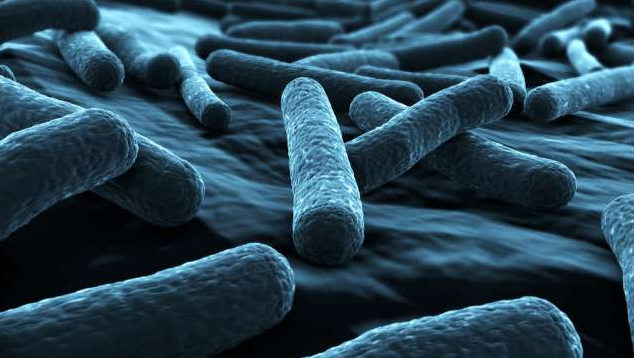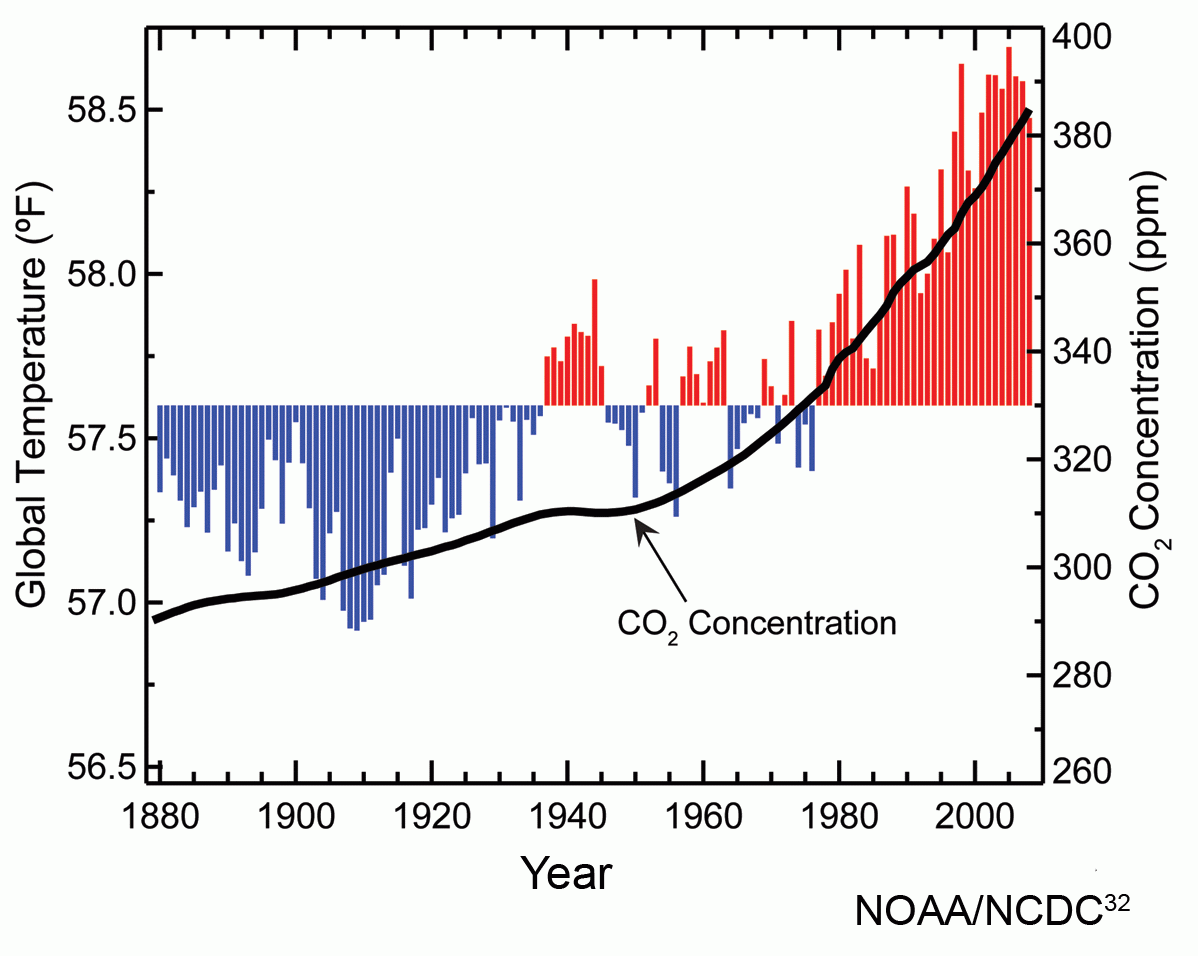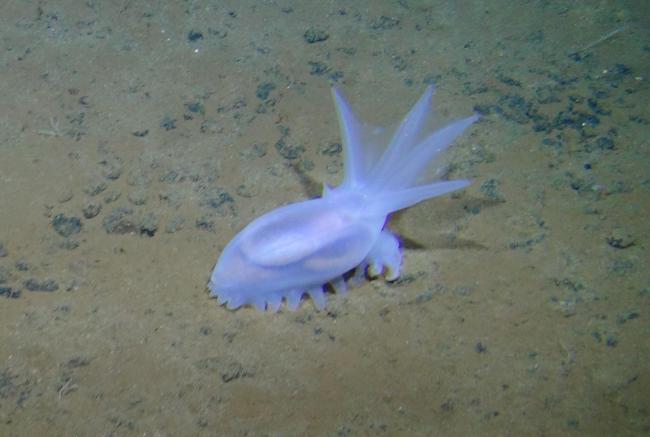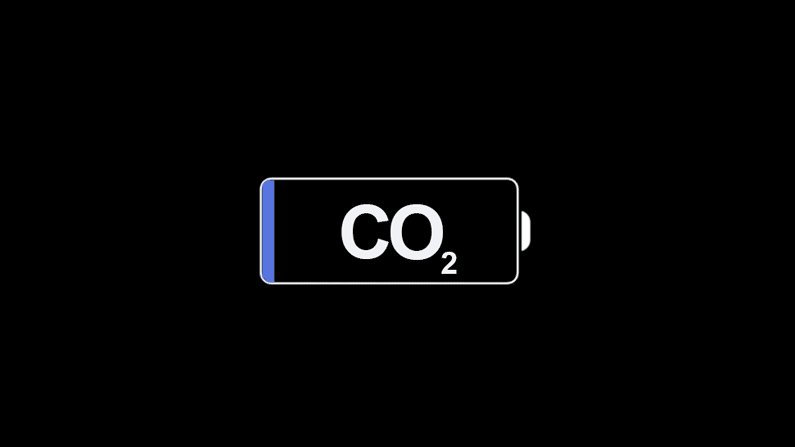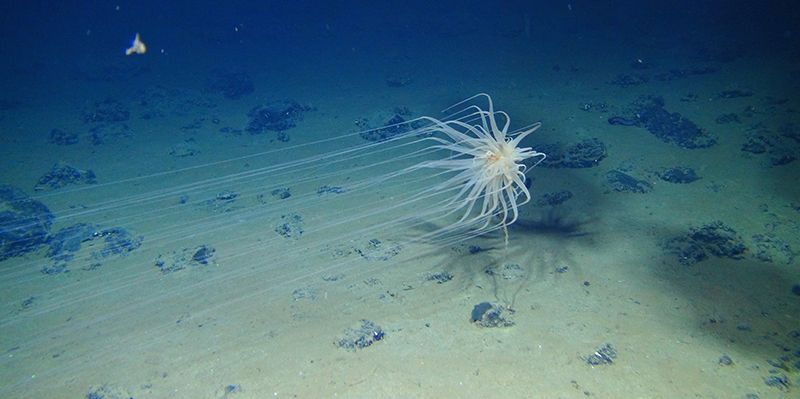Phys Org | 20 November 2018
Scientists have discovered that bacteria in the deepest parts of the seafloor are absorbing carbon dioxide and could be turning themselves into an additional food source for other deep-sea life.
Bacteria living 4000m below the ocean surface in the Clarion-Clipperton Fracture Zone (CCFZ) are consuming carbon dioxide and turning it into biomass, a new study shows.
Until now, scientists believed the main source of biomass on the seafloor was the organic matter that floated down towards the depths: dead fish, plankton and other detritus.
Read the full article here: Deep sea mining zone hosts carbon dioxide-consuming bacteria, scientists discover.
